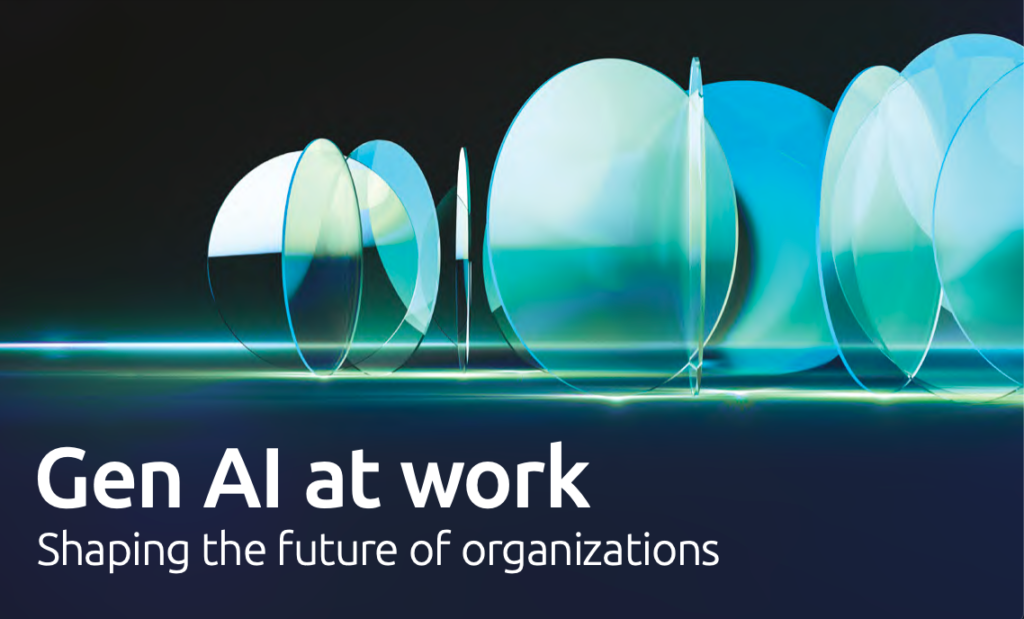– Advertisement –
According to Capgemini, generative AI has long-term potential to create new jobs, transform organizational structures, promote blended human-AI teams, and make management more professional.
However, adoption rates remain low and in early stages. Research shows that most employees do not have the training they need to develop generative AI skills.
Capgemini Research Institute conducted a global quantitative executive survey in May 2024 across 15 markets across Asia Pacific, including North America, Europe, Singapore, India and Japan.
The survey surveyed 1,500 respondents from 500 organizations in 11 major industries with annual revenues exceeding $1 billion.
Our findings show that the majority of business leaders believe entry-level roles will become more autonomous and have the potential to evolve into front-line management roles within the next three years.
With this in mind, the proportion of managers on teams across departments could grow from 44% to 53% over the next three years. Only 18% of leaders and managers believe generative AI will reduce middle management.
Employees believe that over the next 12 months, generative AI tools could lead to an average of 18% time savings for entry-level employees, which would significantly increase the productivity of junior employees. This suggests that there is potential for improvement.
However, the cost of generative AI tools should also be considered, the report says.
Additionally, 81% of leaders and managers expect new roles to emerge at the entry level, such as data curators, AI ethics specialists, and algorithm trainers.
“Generative AI tools are becoming increasingly adept at supporting complex administrative tasks and have the potential to challenge the status quo of organizational structures and ways of working,” said Roshan Gya, CEO of Capgemini Invent .
He said generative AI has the potential to move from co-pilot to co-thinker who can collaborate strategically and add new perspectives and challenging assumptions.
“This shift can create significant value if tailored to specific business use cases, but it will also require organizations to prioritize building the skills and readiness of their workforce and be proactive about talent acquisition and development. “It depends on a number of factors, including the measures taken,” the CEO said.
The report reveals that generative AI is shifting the way future leadership and management roles are viewed to be more strategic, with a focus on driving decision-making and innovation.
Almost two-thirds (65%) of leaders and managers surveyed see high potential for generative AI in complex strategic tasks, and more than half of leaders believe managers will be able to use generative AI to drive change. I believe that it will play an important role as a catalyst.
For nearly half of teams (46%), AI is used simply as a tool to enhance existing functionality and workflows. However, human-machine partnerships are beginning to gain acceptance.
Currently, one in three teams uses AI as a “team member,” for example to improve human performance or use AI agents to complete predefined tasks without human intervention. I am.
Despite the potential for generative AI to improve productivity across jobs, adoption is still in its infancy. Almost two-thirds (64%) of employees already use generative AI tools at work, but only 20% use them on a daily basis.
Employees also have low proficiency in key skills, with only 16% believing they are getting the support they need to develop generative AI skills.

